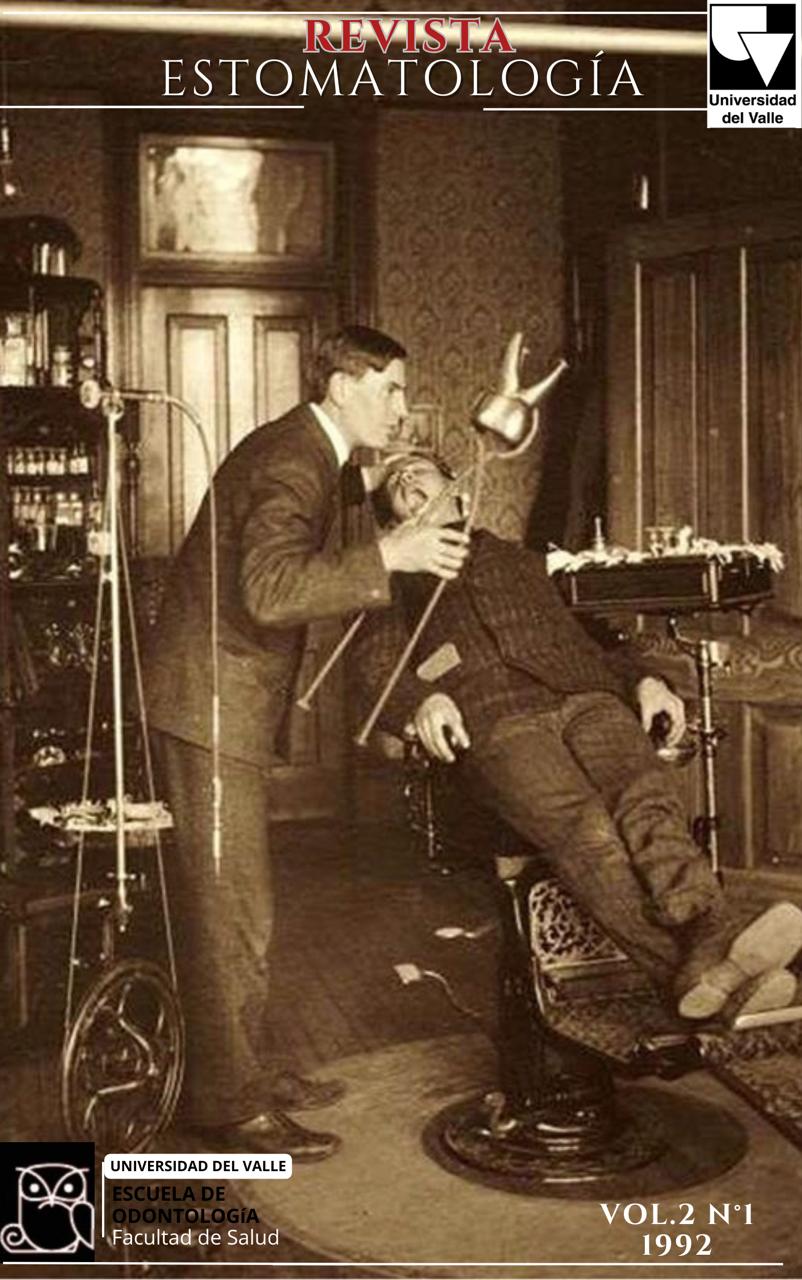Histopatología de la pulpa de dientes de ratones sometidos a la acción de medicamentos utilizados en las terapias pulpares de dientes deciduos humanos
Main Article Content
In this reseach 18 rats (wistar strain) were used divided in 3 animals for each experimental period of time previusly stabilited as 24 hours, 3, 7, 14, 28 and 90 days. In these animals a pulpal exposure was practicede the in upper firsc molais fllowed by imediat pulp capping with the paste being now proposed (experimental paste) or with one suggent by Guedes-Pinto &. Cols, 1981 (control paste). After the experimental times elapred the animals were sacfrificed and have their maxillae extracted for 7 um thick slides be made amd were dyed by means hematoxilin and eosin technique tobe examined at the ligtht miscroscope. From the histologic examination was posible to conlude tha both pastes were well tolerated by the conective pulpal tissue of the rat molars, sincea discreta inflatory reaction was found for time intervals of 24 hours and 3 days. For the 7 days observation period the initial formation of dentin bridge was seen that at op days was completely forme up to well as the periapical tissue have shown histologig characterristics of normality. The reseach has shown that the addition of calcium hydoxide and zinc oxide to the control paste did not modify the histo-pathoIogy reactions of rats pulpal tissue.
Downloads

This work is licensed under a Creative Commons Attribution-NonCommercial-NoDerivatives 4.0 International License.
Los autores/as conservan los derechos de autor y ceden a la revista el derecho de la primera publicación, con el trabajo registrado con la licencia de atribución de Creative Commons, que permite a terceros utilizar lo publicado siempre que mencionen la autoría del trabajo y a la primera publicación en esta revista.

